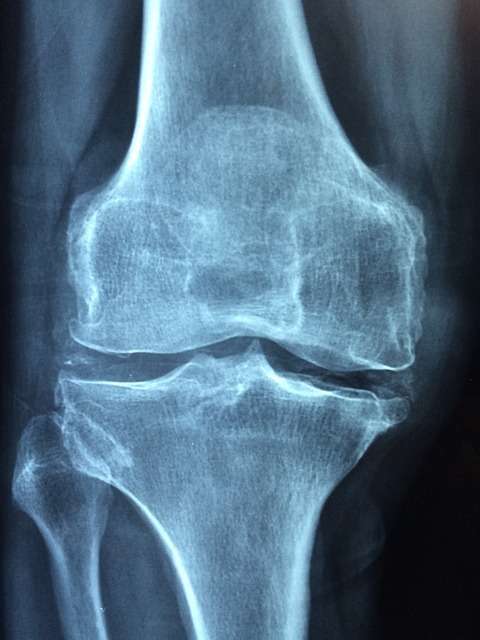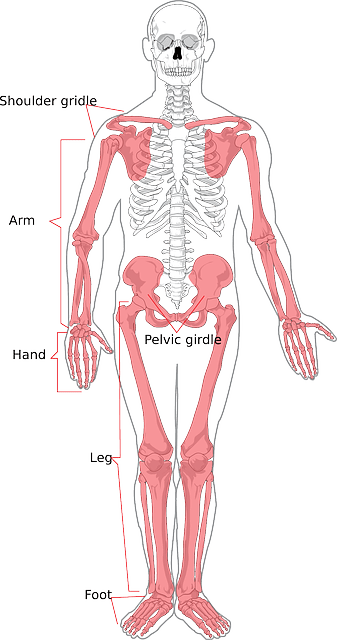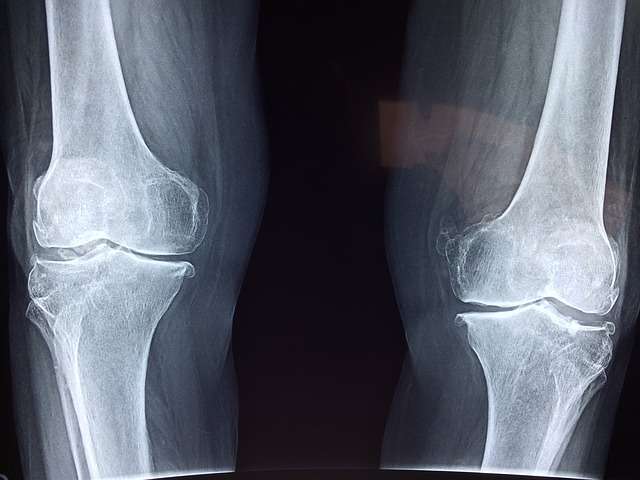Joint pain can be a debilitating condition that affects people of all ages. It can result from various factors, including aging, injuries, inflammation, or underlying medical conditions. In this blog, we will delve into the common causes of joint pain and explore effective strategies for alleviating discomfort through lifestyle changes and dietary choices.
Causes of Joint Pain:
- Osteoarthritis: Osteoarthritis is a common cause of joint pain, particularly in older adults. It occurs when the protective cartilage that cushions the ends of bones wears down over time, leading to pain, swelling, and reduced joint flexibility.
- Rheumatoid Arthritis: Unlike osteoarthritis, rheumatoid arthritis is an autoimmune disorder that causes the immune system to mistakenly attack the joints. This results in inflammation, pain, and potential joint damage.
- Injuries: Joint injuries, such as sprains, strains, or fractures, can cause acute or chronic pain. Overusing or improperly using a joint can contribute to long-term discomfort.
- Inflammation: Conditions like gout or lupus can cause inflammation in the joints, leading to pain and swelling.
- Lifestyle Factors: Sedentary lifestyles, obesity, and poor dietary choices can contribute to joint pain. Lack of exercise may weaken the muscles supporting the joints, while excess weight places additional stress on them.
Relief Strategies for Joint Pain:

- Pain Medications: Over-the-counter pain relievers, such as acetaminophen or nonsteroidal anti-inflammatory drugs (NSAIDs), can help manage mild to moderate joint pain. However, prolonged use should be supervised by a healthcare professional.
- Topical Treatments: Topical creams or ointments containing menthol, camphor, or NSAIDs can provide localized relief when applied directly to the affected joint.
- Physical Therapy: Engaging in physical therapy exercises can strengthen the muscles around the joints, improving stability and reducing pain. A physical therapist can design a personalized exercise plan.
- Hot and Cold Therapy: Applying heat or cold to the affected joint can help alleviate pain and reduce inflammation. Hot packs or cold compresses can be used depending on the nature of the joint problem.
- Weight Management: Maintaining a healthy weight reduces stress on the joints, particularly in weight-bearing joints like the knees and hips. A balanced diet and regular exercise contribute to weight management.
Lifestyle and Dietary Changes:
- Regular Exercise: Incorporating low-impact exercises, such as swimming, walking, or cycling, into the routine can enhance joint flexibility and strengthen supporting muscles.
- Balanced Diet: A diet rich in anti-inflammatory foods, such as fatty fish, nuts, fruits, and vegetables, can help manage inflammation. Omega-3 fatty acids found in fish oil supplements may also provide relief.
- Hydration: Staying adequately hydrated is crucial for joint health. Water helps lubricate the joints and maintain their functionality.
- Joint-Friendly Foods: Include foods rich in vitamins C and D, calcium, and antioxidants. These nutrients support bone and joint health.

Addressing joint pain involves a comprehensive approach that considers the underlying causes, relief strategies, and lifestyle modifications. Consulting with a healthcare professional for a personalized treatment plan is essential. By adopting healthy habits, making informed dietary choices, and seeking appropriate medical guidance, individuals can manage joint pain effectively and improve their overall quality of life.
Top Viral & Trending Content Channel Click here to Join Telegram Channel - Viral Eyes
Top Social Media Groups for Business, Networking, Promotions, Jobs, Spiritual, Marketing, Click here to join
KK
